Developing a winning strategy in today's F1 is not just about a driver driving hard. The team behind each driver is working day and night to determine the fastest strategy and bring it to fruition.
This is always important, but on a track like Monaco, it has to be even more impeccable than on other tracks.
Charles Leclerc's victory last Sunday in the Monaco Grand Prix came about partly for this reason, thanks to a flawless driver and a down to the millimetre-precise execution from the entire team.
When we talk about the team, we don't limit ourselves to the 'familiar names', such as Leclerc's new race engineer, Bryan Bozzi, or the various engineers in the garage who work directly on the SF24's performance, but rather to a normally invisible group on the track.
They are so invisible during the weekend because they are not present at all. They work in the so-called 'Remote Garage' in Maranello.
About twenty engineers here have the task of calculating minute by minute the best strategy, based on the progress of the race, the performance and variations of the competition, as well as those of their own cars.
They do this by observing very closely what themselves and others are doing, both on and off the track, and making suggestions based on this to the ladies and gentlemen trackside.
Military operation
Twenty engineers to keep an eye on twenty drivers. It is very tempting to make such an association, but in reality this is not so.
If we analyse their work, it emerges clearly that they are not limited to playing a kind of traffic controllers, monitoring the exact position of every single competitor on the track thanks to GPS and onboard imagery.
What these twenty bright minds are mainly working on is analysing the telemetry data and intermediate times in the 'micro sectors', into which the track is divided. Each micro-sector is about ninety metres long, and gives a good picture of the pace being driven at that moment.
This allows engineers to make a good calculation of what their own drivers need to do in order to create or maintain a stable gap. It also allows them to determine what pace is right to ensure long tyre life.
The Monaco GP had the peculiarity that the entire grid changed tyres during the red flag. This way, everyone had already complied with the tyre regulations and it became possible to finish the race if necessary. This seemed impossible beforehand, but the 'Remote Garage' had already thought of a solution to this.
They had in fact already calculated that reducing the wear of the hard tyres was possible by drastically lowering the pace. Of course, this was only possible because the Monaco circuit does not really lend itself to overtaking. To keep the tyres up until the 78th lap, a race pace about four seconds slower than normal was advised.
This meant for Leclerc, as well as Sainz, to maintain a constant pace, following the instructions from the pit wall, with the calculations coming from the 'Remote Garage'. The precise execution of the gentlemen in the cars, allowed both Oscar Piastri and Lando Norris to get closer, without ever having enough speed for a successful attack.
The engineers at the 'Remote Garage' in Maranello apply heuristic statistical techniques to evaluate, corner by corner, the likelihood and danger of an attack by rivals, and indicate the precise pace to be followed in each micro-sector to thwart it.
It is almost a military operation, requiring the driver to maintain the same coolness and concentration as a NAVY Seal on a mission in enemy territory. Something that no doubt, besides the emotional reasons, justifies Leclerc's cry of relief upon arrival. Mission accomplished for those on the track as well as those in the factory.
Don't miss out on any of the Formula 1 action thanks to this handy 2026 F1 calendar that can be easily loaded into your smartphone or PC.
Download the calenderMost read
In this article
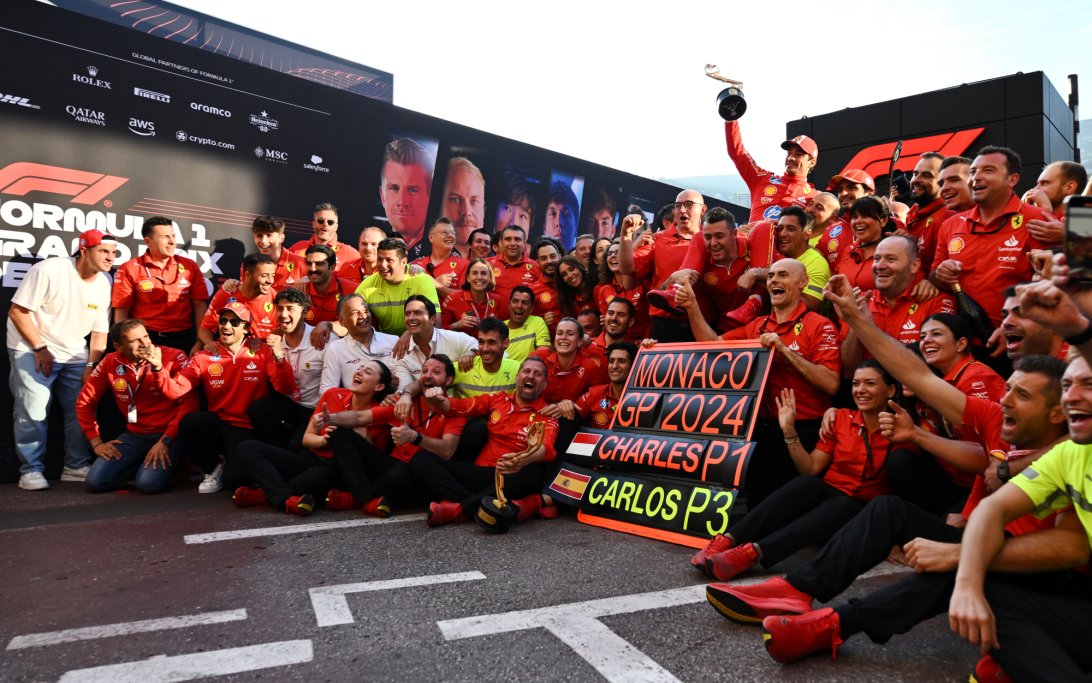
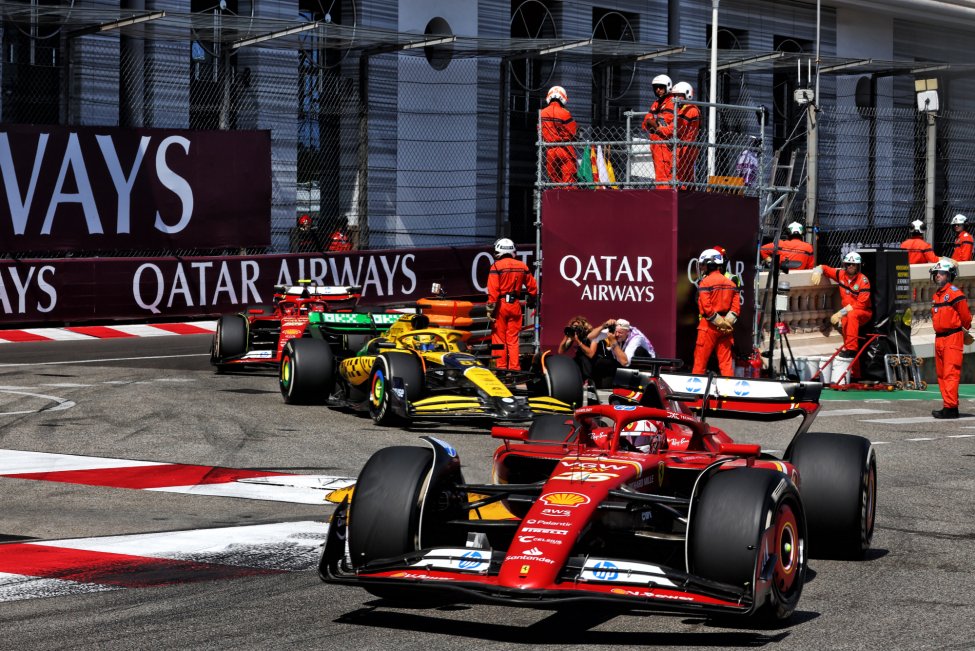
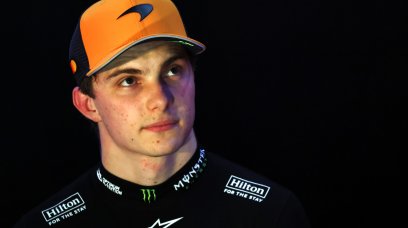
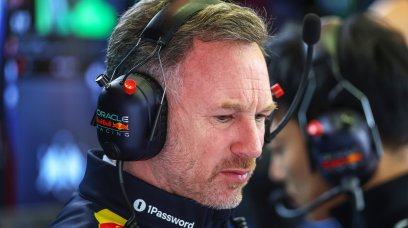
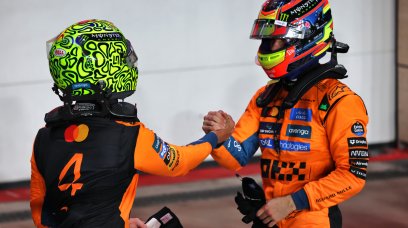
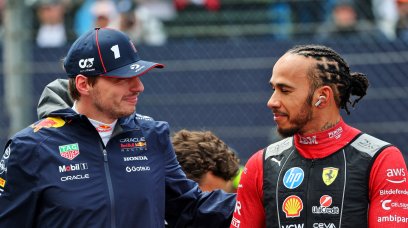
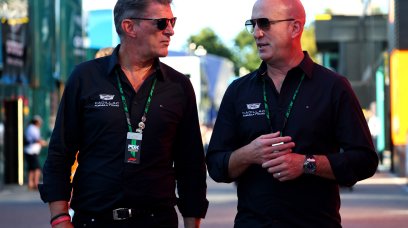
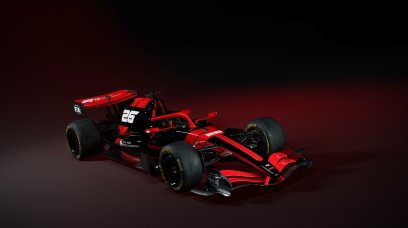
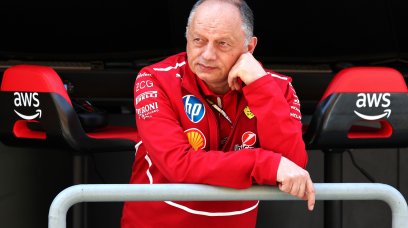
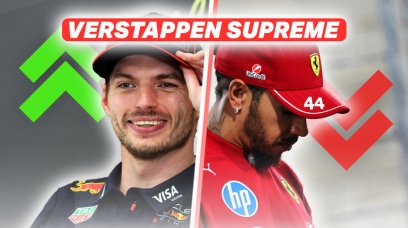
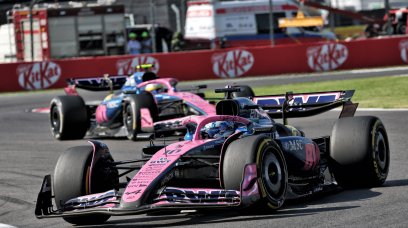
Join the conversation!